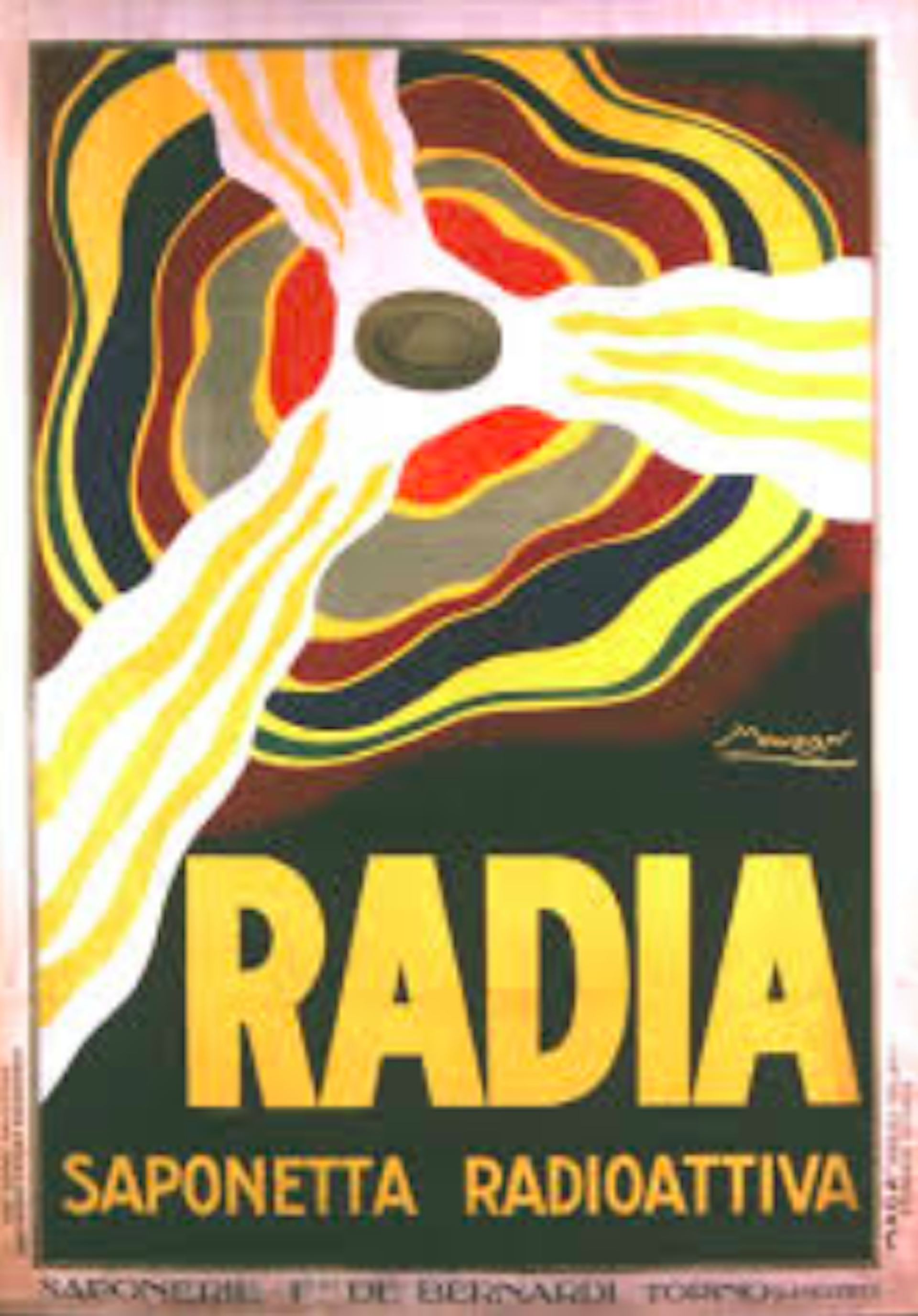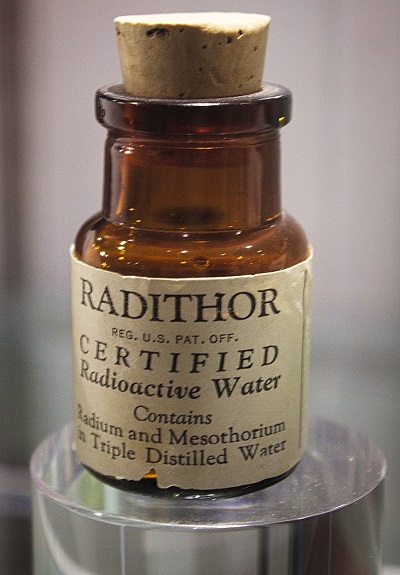

Conflict arose over causation and legal issues for example, a major difference concerned the definition of the occupational hazard involved in dial painting. The radium companies refused to accept these findings. At first, death was not linked to radiation hazard eventually, however, scientists concluded that the dial painters' disease was occupational in origin and due to radium inhalation and ingestion when the women pointed brush tips with their mouths. The women suffered slow, horrible, and painful deaths. Symptoms included anemia, lesions on the gums, and necrosis of the jaw. As illnesses occurred among the young women dial painters, the hazard of using radium became evident. American workers first used small amounts of radium mixed with other chemicals to illuminate gauges and dials, military instruments, and gun sights during World War I after the war, radium was utilized to paint watch dials. The United States Radium Company in New Jersey was the most notorious of the companies that employed these young women, exposed to an industrial poison that caused a puzzling new disease. It is mainly descriptive, except for the last chapter entitled "Conclusions." Deadly Glow describes in detail the disease of radium poisoning suffered by young women workers who painted mainly watch dials in the 1920s.

The major part of this book is an examination of the story of the radium dial workers' ordeal. He includes its discovery, the search for ore, early experiments, and the interesting, but not unusual, idea of medical uses of radium (other dangerous industrial poisons, such as lead and mercury, have also been utilized for medicinal purposes). Before telling the tragic story of the radium dial workers, he introduces his readers to radium in his first three chapters. It was administered orally, by inhalation and injection, and by enema and suppository" (p.

Ross Mullner informs his readers that "radium was used internally to treat hundreds of diseases, including everything from acne to insanity. Later physicians used it to treat a variety of cancers.
#Tissue cancers for radium dial painters skin
For example, in 1901 a French physician utilized it in an effort to cure lupus and other skin lesions. Simultaneously, medical uses for radium were explored. Ironically, the Curies, although they themselves were injured by radium and they knew of its harmful effects, refused to admit that it caused the illnesses from which they chronically suffered. Soon after the Curies isolated radium in 1898, its local effects on skin and subcutaneous tissues received some attention but only a small number of persons were exposed to the new element, and it had the reputation, although false, of being harmless. Washington, D.C.: American Public Health Association, 1999. Deadly Glow: The Radium Dial Worker Tragedy. Book Review Deadly Glow: The Radium Dial Worker Tragedy In lieu of an abstract, here is a brief excerpt of the content:īulletin of the History of Medicine 75.3 (2001) 611-612


 0 kommentar(er)
0 kommentar(er)
